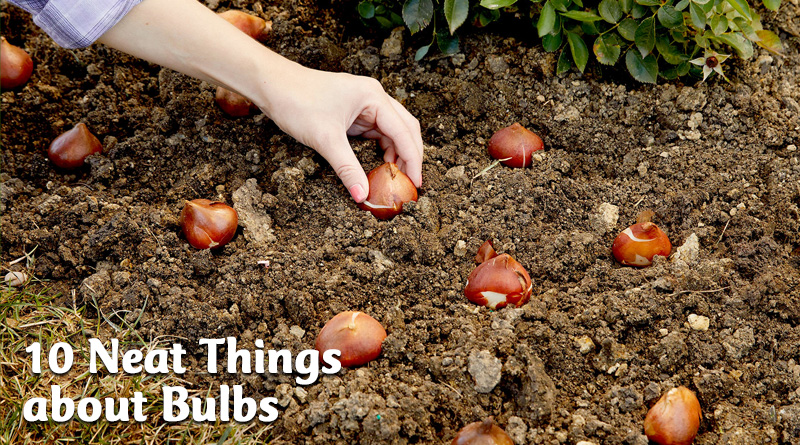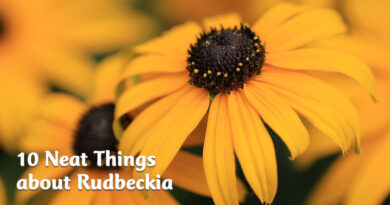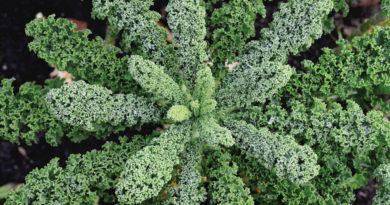About Bulbs
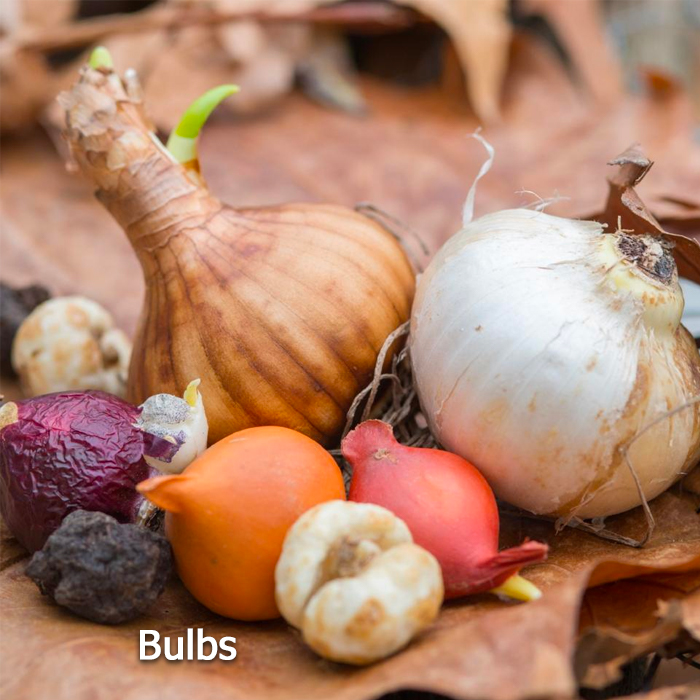
1. Roots or stems.
Bulbs, corms, rhizomes and tubers; which are which? There are true bulbs, as in onions and tulips; there are corms, as in liatris and gladiolus; there are rhizomes, as in iris and ginger; and there are tubers, as in potatoes and dahlias. Actually, while we call them all roots, some are really part of the stem, gorged with food for the next generation. The real roots grow from this underground storage system.

2. Bulbs are a many layered thing.
Bulbs are made up of fleshy layers covered, as in tulips and onions, by a thin papery layer called a tunic to protect the tender “leaves” below. Little bulblets will grow from the base of the bulb to ensure propagation of the plant. Lilies and garlic are also bulbs and also produce bulblets, but lily bulbs are arranged differently, in side-by-side scales instead of in layers. New plants can be grown from the bulblets. Asiatic lilies and tiger lilies will also develop bulbils at the leaf axis on their stems that can be nurtured into new plants (takes two to three years). Oriental lilies do not produce these stem bulbils but will produce seeds where the flower used to be.
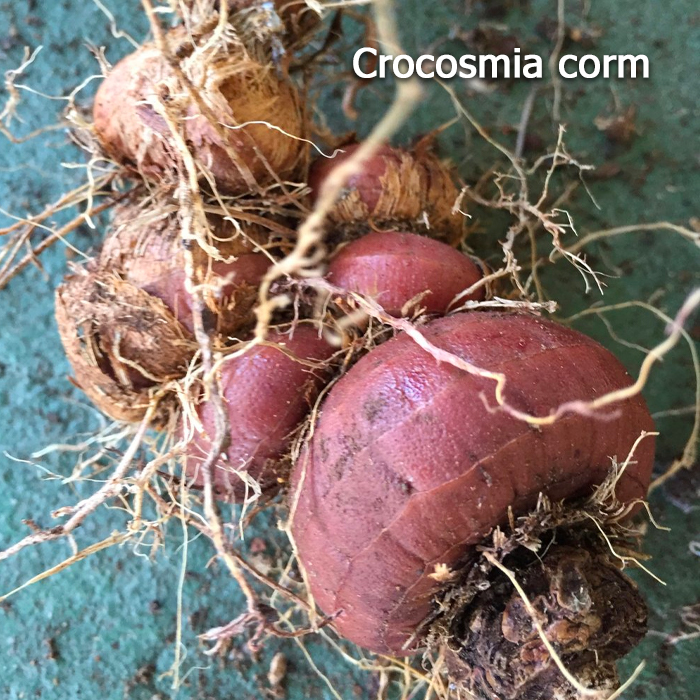
3. The incredible corm.
Corms appear as flattened bulbs and it is sometimes hard to distinguish top from bottom. Look for a tiny, pointed tip on one side and the vestiges of hairy roots on the other. Corms generally last one year, being used up and replaced by a new corm that forms on top of the old one at the base of the growing tip. Corms also produce cormlets or cormels. These form from the basal plate by the roots. Corms planted nearer to the surface will produce more cormlets. Some corms, such as those of crocosmia, send out stolons which will produce new corms at their tips.
4. The saviour corms.
Some corms grow a special type of root called contractile roots which will pull the corm deeper into the soil if temperatures and light levels vary too much. When the corm is deep enough for protection, these roots stop growing. In areas where corms are hunted by rooting animals, they can be found buried at quite a depth.
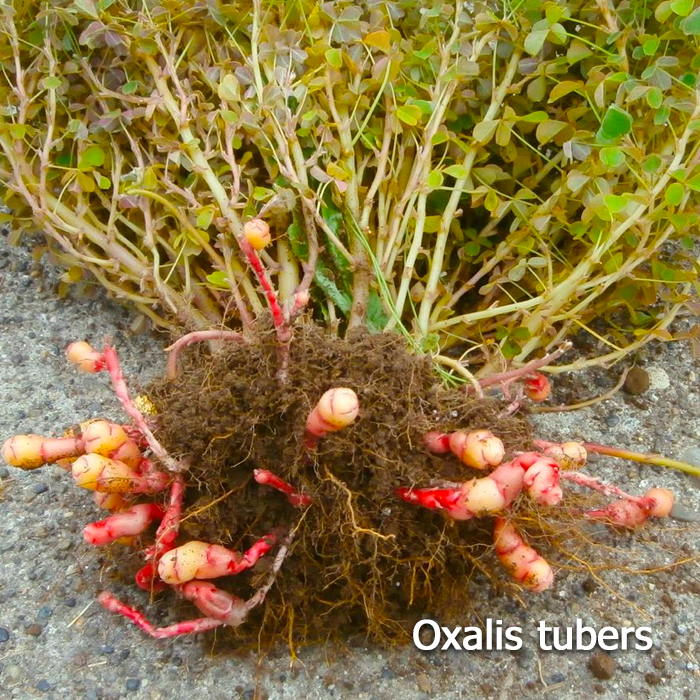
5. Underground eyes.
Some tubers, such as potatoes, oxalis, anemones and caladium, have buds all over their surface. We call these eyes in potatoes and it is from here that new plant shoots emerge. In the case of dahlias, buds are produced from the top end of a cluster of finger-like roots. Keep these intact in storage, then be sure that each fingerling has an eye (with or without shoots) when separating them for planting in spring.

6. Giving rhize to new plants.
Rhizomes can produce the most beautiful plants – but in numbers that may not please the tidy gardener. These plants send their roots in a horizontal direction, defying gravity and sending up new babies along the way. If you leave a piece of rhizome in the soil, it will send up a shoot to develop into a whole new plant structure while sending down roots to nourish the new plant factory. Ginger, lotus, canna, bamboo and lily of the valley are all rhizomes.
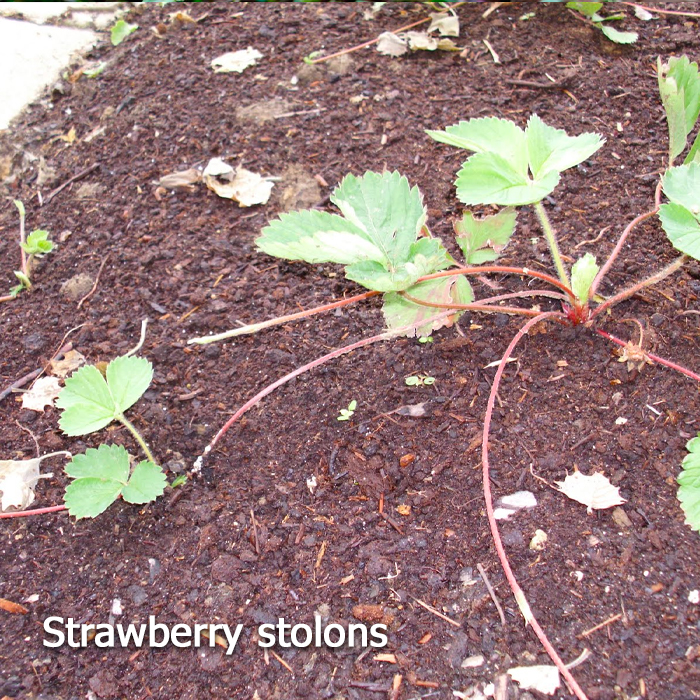
7. So, what’s a stolon if not a rhizome?
Stolons are similar to rhizomes except that they spring from the stem of a plant rather than being an actual stem. A stolon rises from a stem and sends out short internodes that generate new shoots at the end. The strawberry plant is an example.

8. The seedy story.
Tulips have seeds. Lilies have seeds. Iris have seeds. Dahlias have seeds. Lily of the valley have seeds. Potatoes have seeds. But all these bulbous plants will grow much faster if planted from bulbs, corms, rhizomes or tubers. In most cases it takes two or three years or even more to get a flowering plant from the seeds.
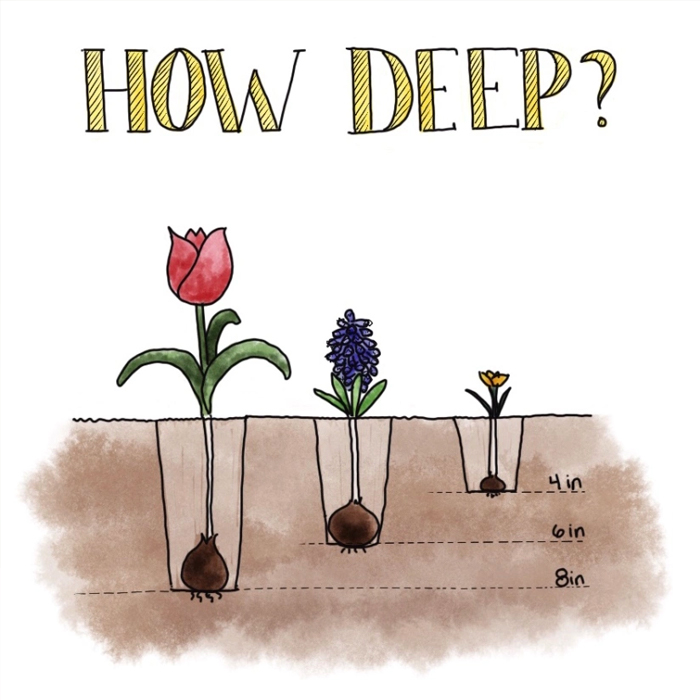
9. How deep should I plant my bulbs?
Rule of thumb for most bulbs is to plant them three times as deep as the bulb is tall, if the bulb is big. For smaller bulbs, put them down about four to five inches. In really cold climates, you may want to go down a little bit deeper for protection or add some mulch over the planting hole for bulbs such as hyacinths.
10. Food for the springtime.
Plant the bulbs in groups: dig a hole several inches deep and poke the bulbs into the soil at the bottom, with the growing tip facing up; if you’re not sure which way is up, put the bulb on its side – it will figure it out. Add a bit of bone meal or compost to your planting hole. Bulbs generally like it somewhat dry so don’t plant in a bog unless it’s a pseudocorus iris or bamboo. If squirrels dig up your tulip bulbs, put a bit of chicken wire just under the soil above the planting hole for protection of your babies.



